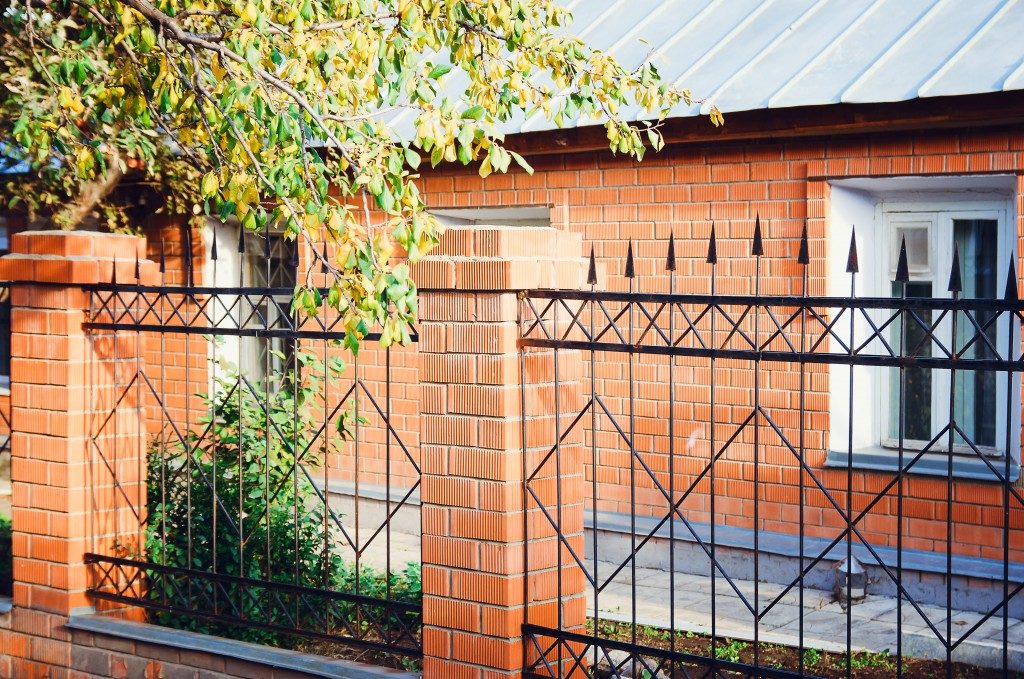You’ve been dreaming of having a quiet suburban home complete with a wide front yard and white picket fences for the longest time. But before you start hiring a garden fence contractor, there are protocols and laws you need to be aware of. Otherwise, your neighbor might complain about your unauthorized construction, or worse, sue you for trespassing or encroachment.
Fencing laws are a combination of state laws, zoning ordinances, and a subdivision’s regulations, so you’ll need to do a lot of research before proceeding with the construction.
Here are some of the general things you need to do and know to make sure your fence is in the clear.
Communicate with your neighbors
If you’re planning to construct a fence, it’s a good idea to talk it over beforehand with your neighbors, even if you’re not required to inform them. But a lot of states do require this, like California’s Good Neighbor Fence Act, which requires a 30-day advance notice that includes construction details and projected timeline and expenses. A notice can prevent disputes and ugly property wars between the two parties.
Through communicating with your neighbors, you’ll also learn the boundary between your two properties. This is important to note because if you accidentally build on their property, they can sue you for encroachment or trespassing.
Shared fences

You may also need to discuss sharing expenses with your neighbor if you’re building a fence between your houses. Most state laws and local ordinances place the ownership of the boundary fence on both property owners since they both use it. The definition of “use” varies per state in three ways:
- Occupancy: using the land inside the fence
- Join for use: attaching a fence perpendicular to the boundary fence, creating an enclosure
- Entire enclosure: the owner’s entire property is bounded by the division fence and other attached fences
Since they’re both co-owners of the fence, they will most likely split the cost of the construction project in half. This goes the same for maintenance and repair expenses.
Height restrictions
The typical height limit of artificial fences is 6 feet for anywhere on the property, except on the front yard, which can be no higher than 3.5 to 4 feet. Most fencing laws also consider bushes and other foliage as fences so you can’t bypass the height limitation by planting tall trees on your front yard. But the height limit for natural fences is usually higher, ranging from 6 to 8 feet.
A fence that violates the height restriction can stay if it was constructed before the law came into effect. Some states also allow fence height exceptions if you apply for a one-time exception from the law.
Neighborhood requirements
Most cities prohibit barbed wire and electrified fences, and some homeowner associations regulate the appearance of fences to ensure a consistent style throughout the neighborhood. Zoning laws and subdivisions’ Covenants, Conditions, and Restrictions also have guidelines for the types of materials used, maintenance, and how far an owner must set back a fence.
If you’re unaware of these regulations before you built your fences, your neighbor or any official will notify you of your violation. If you still refuse to conform to the restrictions and make the necessary changes, the city or homeowners association can issue a fine and sue you for noncompliance. So make sure you’re aware of these restrictions to save yourself from a stressful — and expensive —lawsuit.
